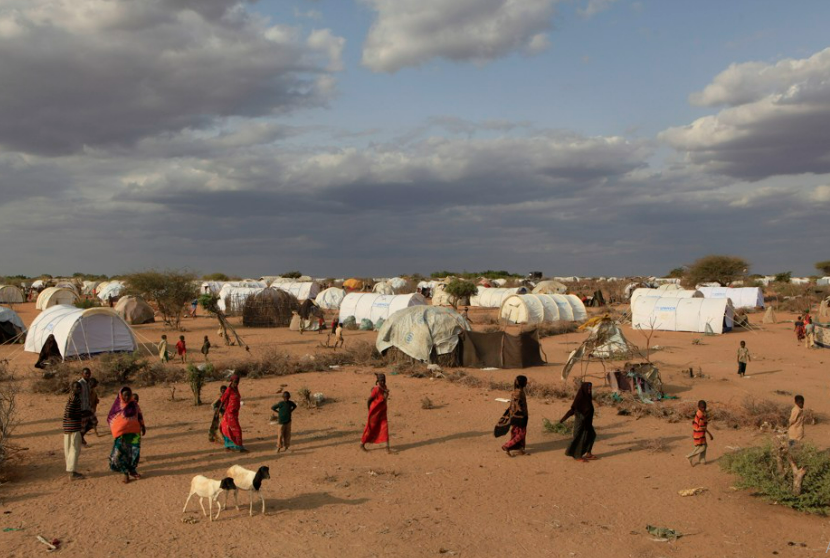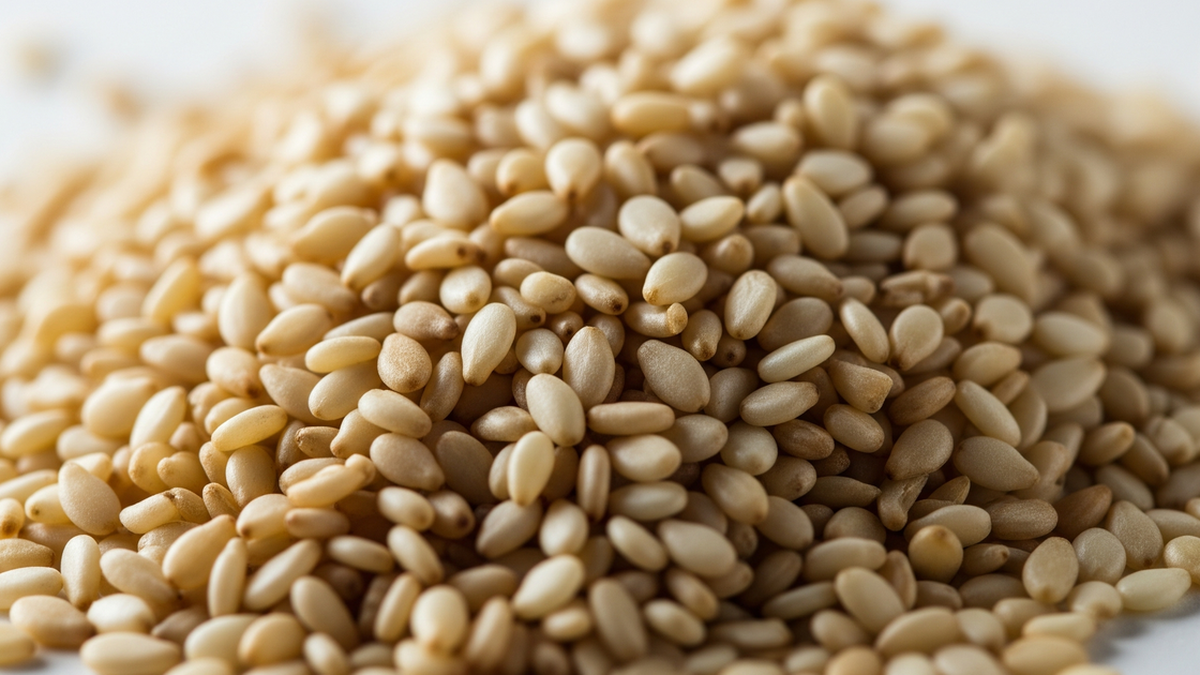Newly released figures show that hunger and especially malnutrition among children in Africa are showing signs of becoming increasingly serious.
According to figures released by the African Union (AU) Commissioner for Agriculture, Rural Development, Green Economy and Sustainable Environment Josefa Sacko on May 27, nearly 300 million people in Africa, equivalent to more than 20% of the continent's population, are currently malnourished. Ms. Sacko said that heat waves, droughts, floods and forest fires tend to occur more frequently, making the food insecurity situation in Africa worse.
 |
| Somalis take shelter at a refugee camp in Kenya. Photo: Bloomberg |
Last week, the United Nations Economic Commission for Africa (ECA) released an even more alarming figure: 546 million Africans are living in poverty, a 74% increase since 1990, and 10 African countries are facing alarming poverty levels.
Statistics show that about 60% to 82% of the population of the countries considered the poorest in Africa, typically: Somalia, Madagascar, South Sudan, Central African Republic, Malawi, Democratic Republic of Congo... live below the poverty line. The poor in Africa are also heavily affected by the crises taking place globally, as evidenced by the fact that inflation in the black continent increased to 12.3% in 2022.
In addition, the United Nations Children's Fund (UNICEF) recently warned that more than 7 million children in the Horn of Africa continue to be malnourished and need urgent nutritional support, including 1.9 million children at risk of death due to severe malnutrition. Hunger and malnutrition have forced millions of children and families in Africa to leave their homes and travel to new lands in search of food and water over the past 3 years. The number of severely malnourished children requiring treatment at health facilities is forecast to remain high in the coming time.
The situation is getting worse as countries in the region have just suffered a record drought. Although the United Nations has called on donors to contribute about $7 billion to provide basic necessities and medical services for people in the Horn of Africa, at a conference held a few days ago, the amount of aid collected was only $2.4 billion.
According to Ms. Sacko, agricultural development is a field with great potential in Africa. A report published last month showed that in this region, up to 60% of agricultural land is not cultivated, along with a large human resource due to the population being mainly young people. If there is the right direction in agricultural development, Africa can completely solve the problem of food insecurity and can even export food to the whole world.
Similarly, the African Continental Free Trade Area (AfCFTA) Secretariat said that despite the great potential for food production, countries in the region still have to import food, with cereals and meat being the items in great demand.
AfCFTA Secretary General Wamkele Mene said that Africa needs to increase the use of its abundant arable land to become self-sufficient in food. In the coming time, AfCFTA is expected to prioritize promoting intra-bloc agricultural trade to “unleash agricultural potential” and ensure food security for Africa.
ANH VU
Source



















































![[Maritime News] More than 80% of global container shipping capacity is in the hands of MSC and major shipping alliances](https://vphoto.vietnam.vn/thumb/402x226/vietnam/resource/IMAGE/2025/7/16/6b4d586c984b4cbf8c5680352b9eaeb0)













































Comment (0)